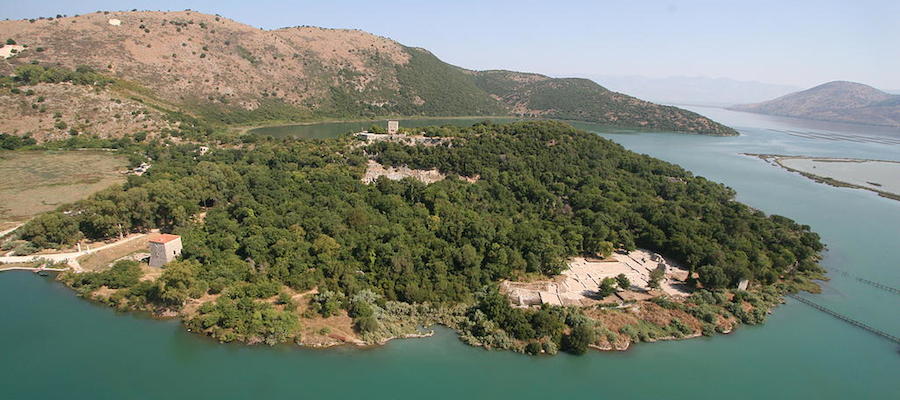The Revival & Decline of Medieval Butrint: A Metaphor for Byzantium's Later, lecture by Nevila Molla, King’s College London, October 13, 2015, 5:30–7:00pm
Butrint encapsulates the later history of Byzantium, manifesting many of the issues that marked the Empire’s developments in the middle and late Byzantine periods. This presentation will focus on examining Butrint’s re-emergence and renewal as a middle Byzantine polis and its ultimate decline from the late thirteenth century through the narrative of its urban topography and material culture. It will be argued that its urban and economic redevelopment, which peaked around the eleventh century, owed to Byzantine imperial administrative control as much as it owed to a close commercial interaction with the southern Adriatic. Its loss of status as “the recognised centre of its territory” in the final stage of its life reflects the insurmountable challenges that the Empire faced from the dawn of the thirteenth century. Butrint now conformed to the role of a small military kastron to serve new needs in the context of a borderline territory under competing local, Latin and Byzantine imperial powers.
Nevila Molla studied history, art history and medieval archaeology at Tirana, Norwich, and Siena. Currently a research associate of the Albanian Institute of Archaeology and a visiting research fellow at KCL, she has undertaken several archaeological survey and excavation projects in her region and taught field archaeology to international graduates at the Butrint Foundation field training school. Her doctoral research explores settlements patterns and defence in late Byzantine Epirus by examining evidence from both urban and rural contexts, and attempts to forge integration between medieval archaeology and Byzantine studies in the research of this central/eastern Mediterranean region. She is currently working on creating a digital gazetteer of the archaeology of the Byzantine Middle Ages in Epirus.
